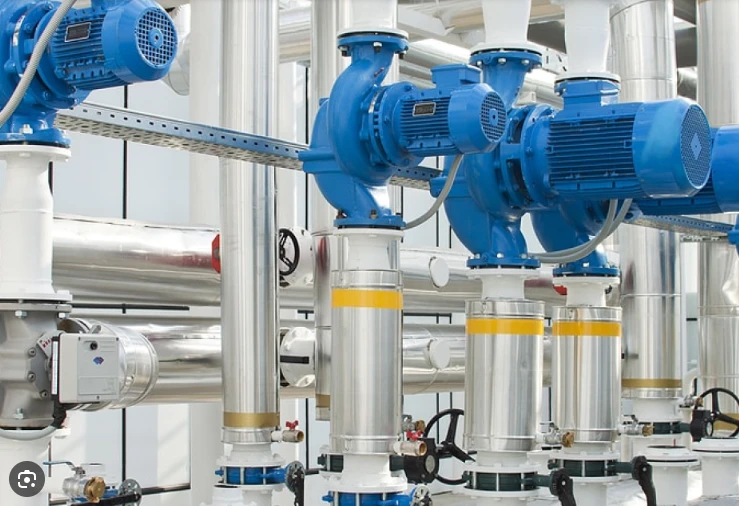English
- Afrikaans
- Albanian
- Amharic
- Arabic
- Armenian
- Azerbaijani
- Basque
- Belarusian
- Bengali
- Bosnian
- Bulgarian
- Catalan
- Cebuano
- Corsican
- Croatian
- Czech
- Danish
- Dutch
- English
- Esperanto
- Estonian
- Finnish
- French
- Frisian
- Galician
- Georgian
- German
- Greek
- Gujarati
- Haitian Creole
- hausa
- hawaiian
- Hebrew
- Hindi
- Miao
- Hungarian
- Icelandic
- igbo
- Indonesian
- irish
- Italian
- Japanese
- Javanese
- Kannada
- kazakh
- Khmer
- Rwandese
- Korean
- Kurdish
- Kyrgyz
- Lao
- Latin
- Latvian
- Lithuanian
- Luxembourgish
- Macedonian
- Malgashi
- Malay
- Malayalam
- Maltese
- Maori
- Marathi
- Mongolian
- Myanmar
- Nepali
- Norwegian
- Norwegian
- Occitan
- Pashto
- Persian
- Polish
- Portuguese
- Punjabi
- Romanian
- Russian
- Samoan
- Scottish Gaelic
- Serbian
- Sesotho
- Shona
- Sindhi
- Sinhala
- Slovak
- Slovenian
- Somali
- Spanish
- Sundanese
- Swahili
- Swedish
- Tagalog
- Tajik
- Tamil
- Tatar
- Telugu
- Thai
- Turkish
- Turkmen
- Ukrainian
- Urdu
- Uighur
- Uzbek
- Vietnamese
- Welsh
- Bantu
- Yiddish
- Yoruba
- Zulu
Telephone: +86 13120555503
Email: frank@cypump.com
Oct . 20, 2024 01:08 Back to list
best slurry pump
Best Slurry Pumps A Comprehensive Guide
Slurry pumps are essential equipment in various industries, including mining, construction, and sewage treatment. These pumps are specifically designed to handle the transportation of abrasive and viscous fluids, often mixed with solid particles. Choosing the best slurry pump can significantly impact the efficiency and effectiveness of operations, making it crucial to understand the various features, types, and factors that should guide your decision.
Understanding Slurry Pumps
Slurry pumps are characterized by their ability to transfer mixtures that contain both liquids and solids, ranging from fine particles to coarse aggregates. They are engineered to withstand heavy wear and tear, requiring durable materials and robust designs. The core function of a slurry pump is to provide optimal flow and pressure for transporting slurries over long distances.
Types of Slurry Pumps
1. Centrifugal Slurry Pumps These pumps are commonly used due to their ability to handle high flow rates. They leverage centrifugal force to move the slurry. They are ideal for lower viscosity slurries and can efficiently manage water-like slurries with a lower solid concentration.
2. Positive Displacement Pumps Unlike centrifugal pumps, positive displacement pumps move fluid by trapping a fixed amount of slurry and then forcing (displacing) that volume into the discharge. These pumps are better suited for high-viscosity slurries and applications where precise flow control is required.
3. Submersible Slurry Pumps Designed to operate submerged in the slurry, these pumps are ideal for dredging and dewatering applications. They are efficient in removing sediments and can handle high solid concentrations due to their robust construction.
4. Diaphragm Slurry Pumps These pumps utilize a diaphragm to create a pumping action, making them suitable for handling thick or aggressive slurries. They are often used in chemical processing and food industries.
best slurry pump

Key Features to Consider
Choosing the best slurry pump requires evaluating several critical features that affect performance and longevity
- Material Construction Look for pumps made from robust materials such as high-chrome alloy, rubber lining, or stainless steel. The chosen material should withstand the corrosive and abrasive nature of the slurry being pumped.
- Pump Size and Capacity The pump should be appropriately sized based on the required flow rate and head pressure. It's essential to consider both the maximum and continuous flow rates to ensure optimal performance.
- Wear Parts Since slurries can be abrasive, select a pump with easily replaceable wear parts. This feature can minimize downtime and maintenance costs.
- Seal Design A reliable sealing mechanism is crucial to prevent leakage and contamination. Mechanical seals or gland packing systems can be effective in providing a tight seal under challenging conditions.
Conclusion
Selecting the best slurry pump is a critical decision that can affect productivity and operational efficiency. By understanding the different types of pumps available, their respective features, and the specific needs of your application, you can make an informed choice that ensures reliability and performance. Investing in a high-quality slurry pump tailored to your requirements will not only enhance your operations but also reduce long-term maintenance costs. Always consult with experts and consider testing different options to find the best slurry pump for your needs.
-
ISG Series Vertical Pipeline Pump - Chi Yuan Pumps Co., LTD.|Advanced Hydraulic Design&Energy-Efficient Solutions
NewsJul.30,2025
-
ISG Series Vertical Pipeline Pump - Chi Yuan Pumps Co., LTD.
NewsJul.30,2025
-
ISG Series Vertical Pipeline Pump - Chi Yuan Pumps Co., LTD.|energy-efficient fluid handling&industrial durability
NewsJul.30,2025
-
ISG Series Vertical Pipeline Pump - Chi Yuan Pumps | Advanced Engineering&Industrial Efficiency
NewsJul.30,2025
-
ISG Series Pipeline Pump - Chi Yuan Pumps | High Efficiency, Energy Saving
NewsJul.30,2025
-
ISG Series Vertical Pipeline Pump-Chi Yuan Pumps|High Efficiency&Reliable Performance
NewsJul.29,2025










